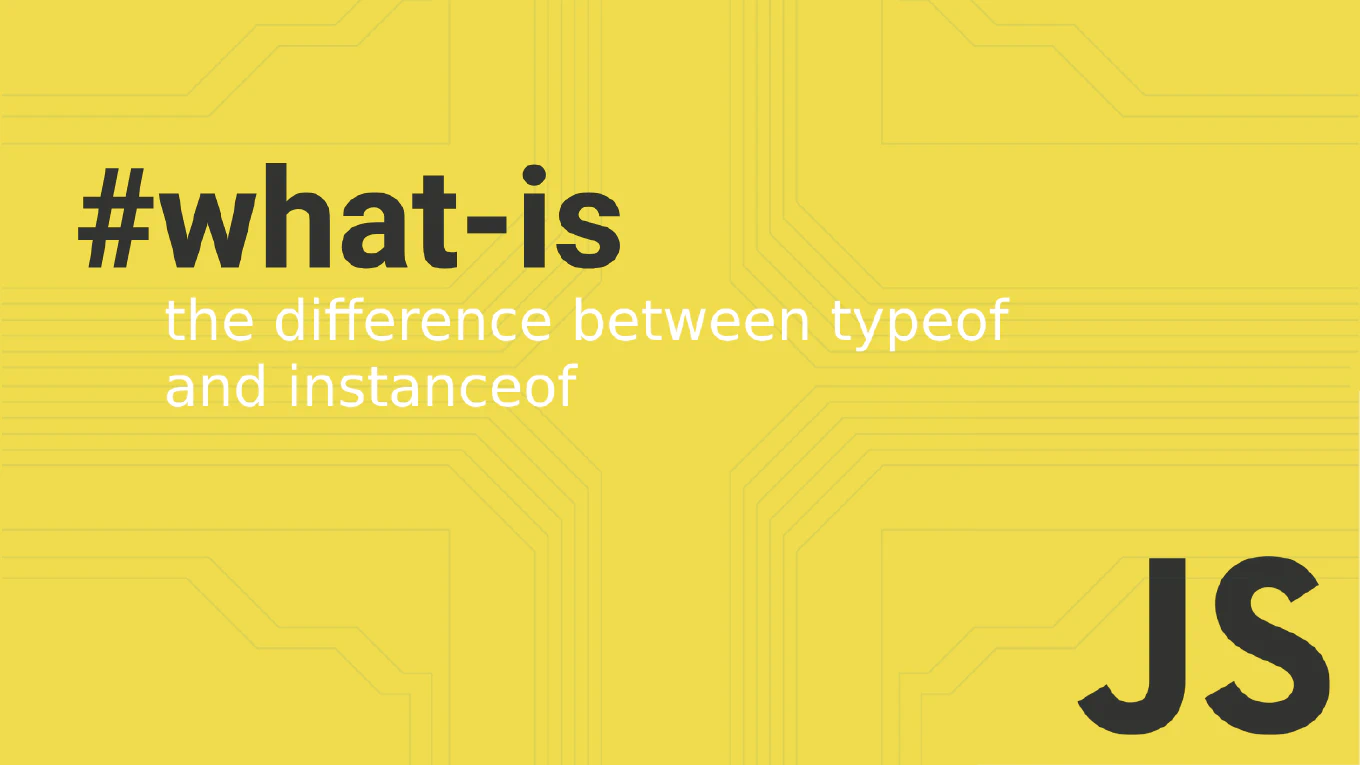How to create a new branch in Git
Creating branches is essential for parallel development, feature isolation, and collaborative workflows in modern software development teams.
As the creator of CoreUI, a widely used open-source UI library, I’ve managed complex branching strategies across multiple projects and contributors to maintain stable releases while developing new features.
From my expertise, the most efficient approach is to use git checkout -b which creates and switches to a new branch in one command.
This method ensures clean feature development without affecting the main codebase until changes are ready for integration.
Use git checkout -b to create and switch to a new branch in one command.
git checkout -b feature/user-login
The git checkout -b command creates a new branch and immediately switches to it, combining the functionality of git branch and git checkout. The new branch starts from the current commit, preserving all existing code while allowing you to make changes independently. Use descriptive names with prefixes like feature/, bugfix/, or hotfix/ to clearly identify the branch purpose. This workflow allows multiple developers to work on different features simultaneously without conflicts.
Best Practice Note:
This is the same approach we use in CoreUI development for organizing feature work and maintaining release stability.
Always create branches from the main branch for new features, and use consistent naming conventions like feature/component-name for better team organization.







